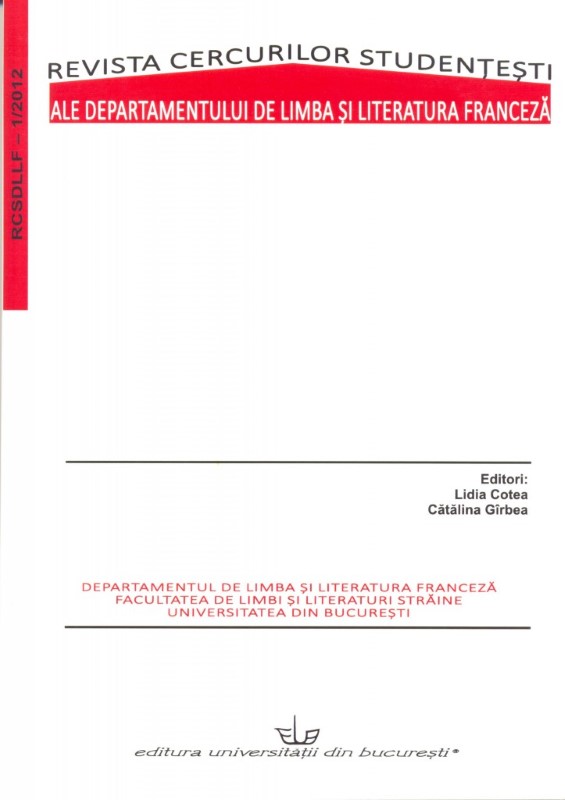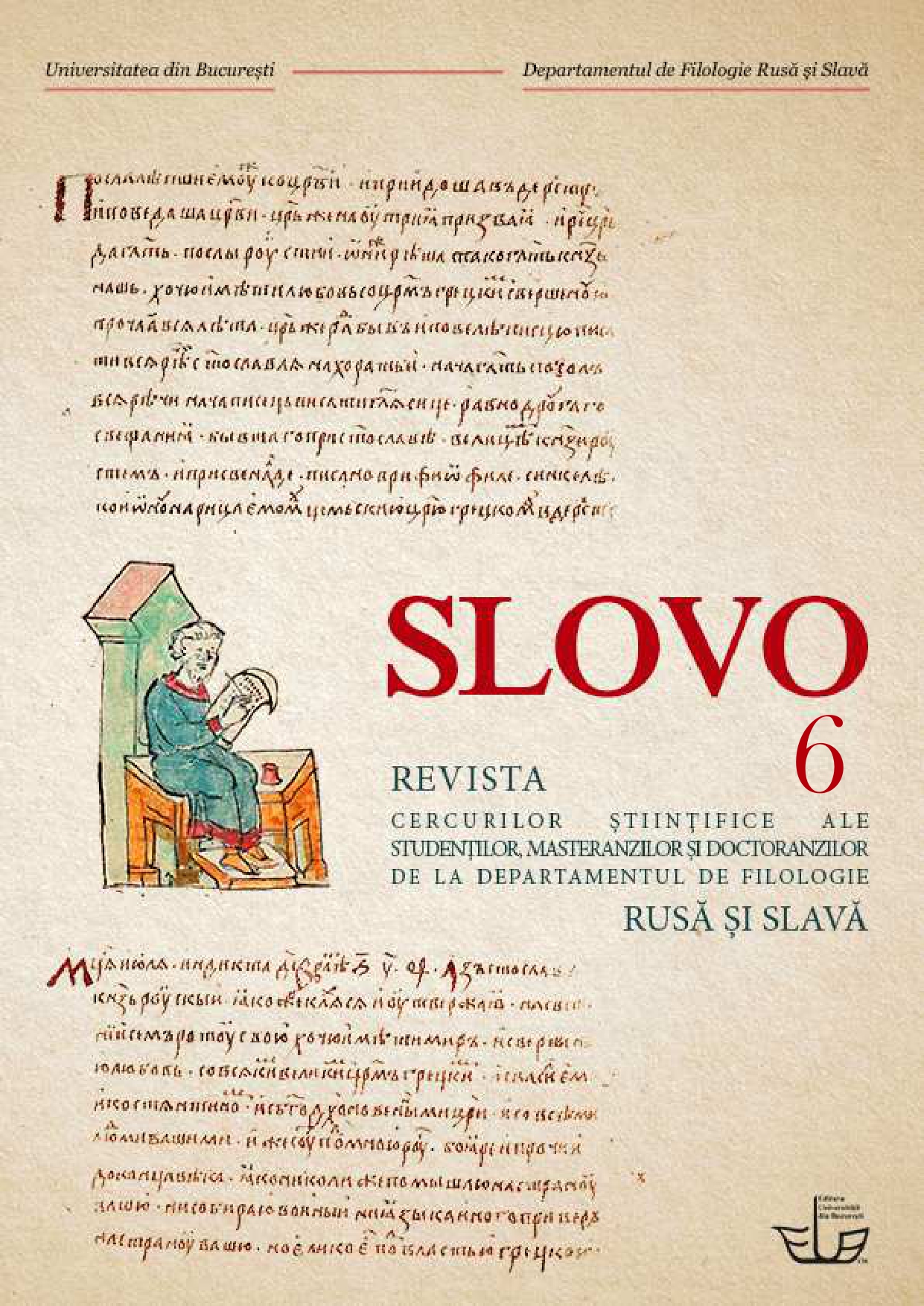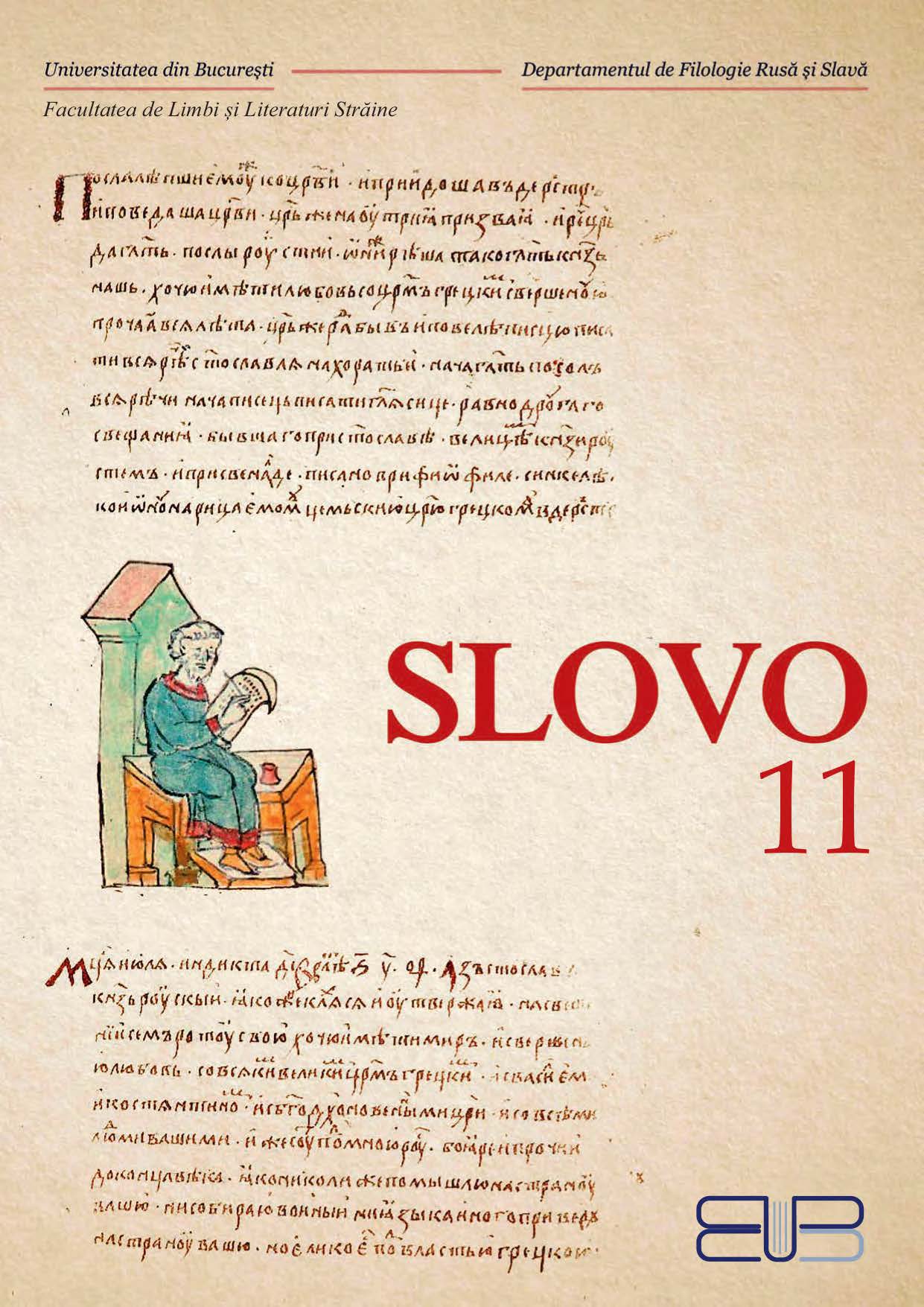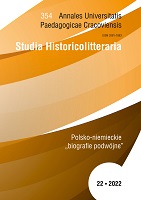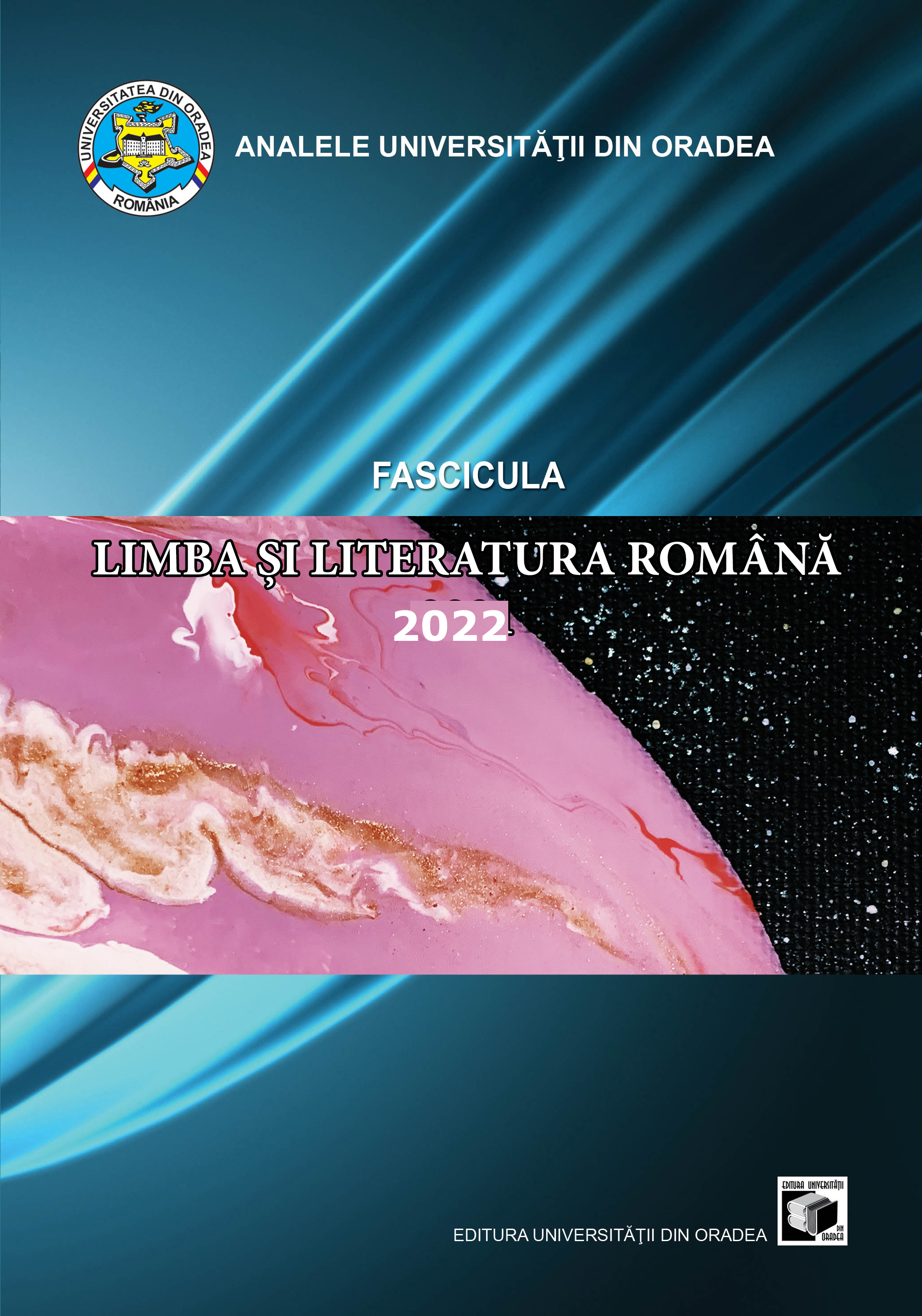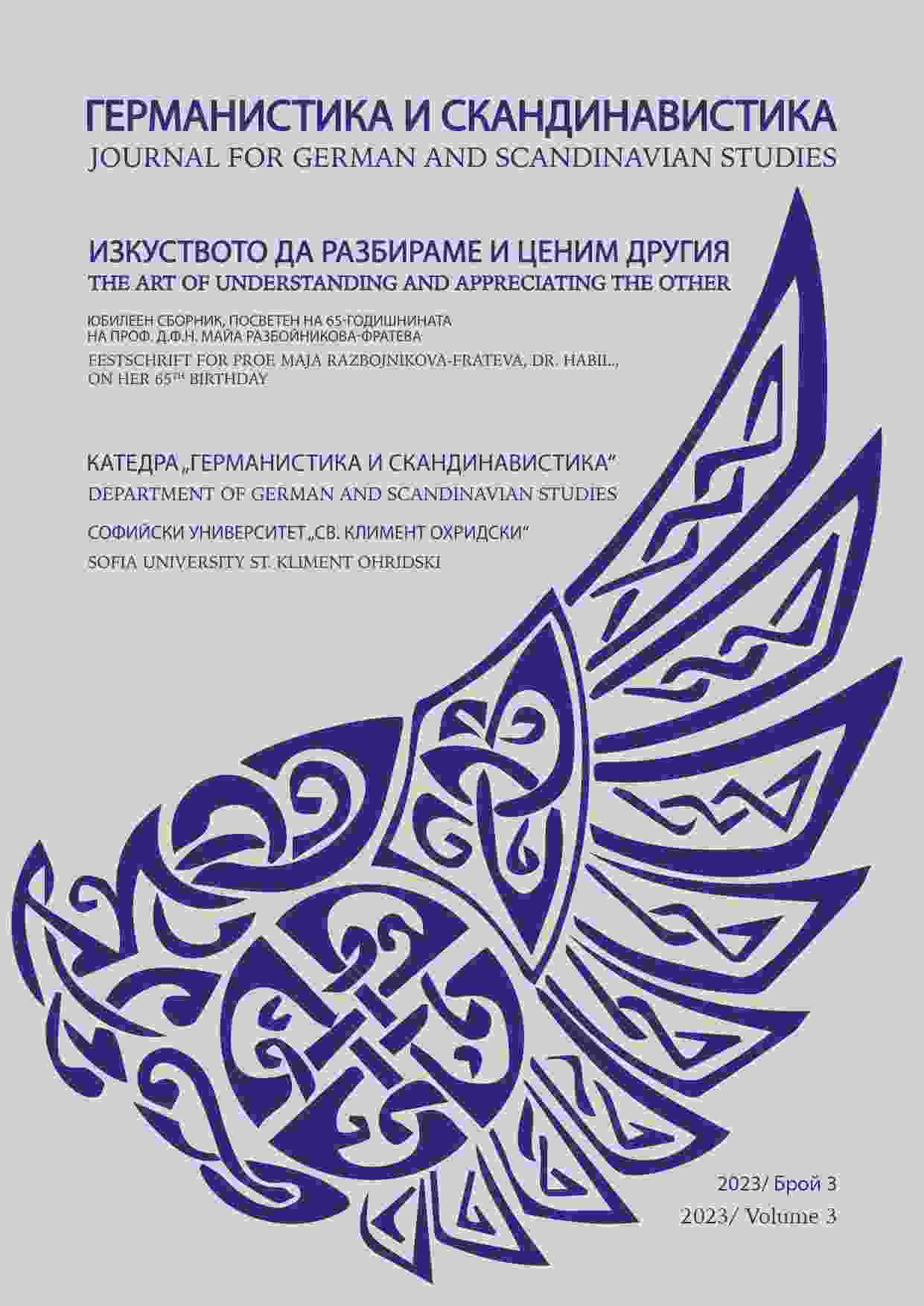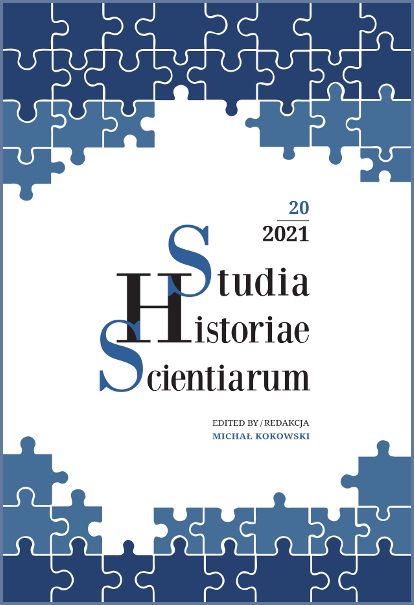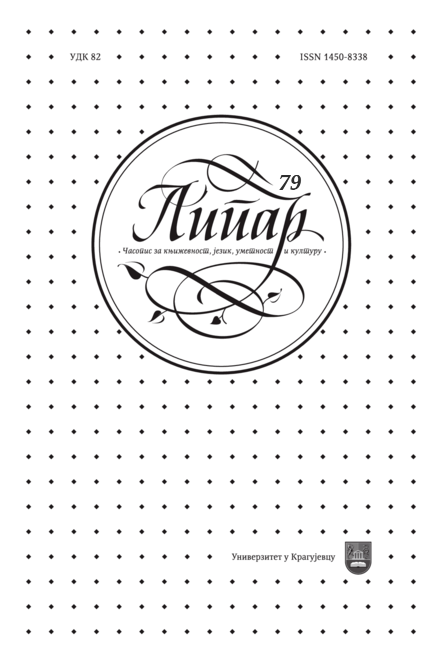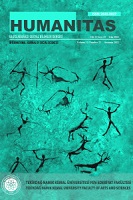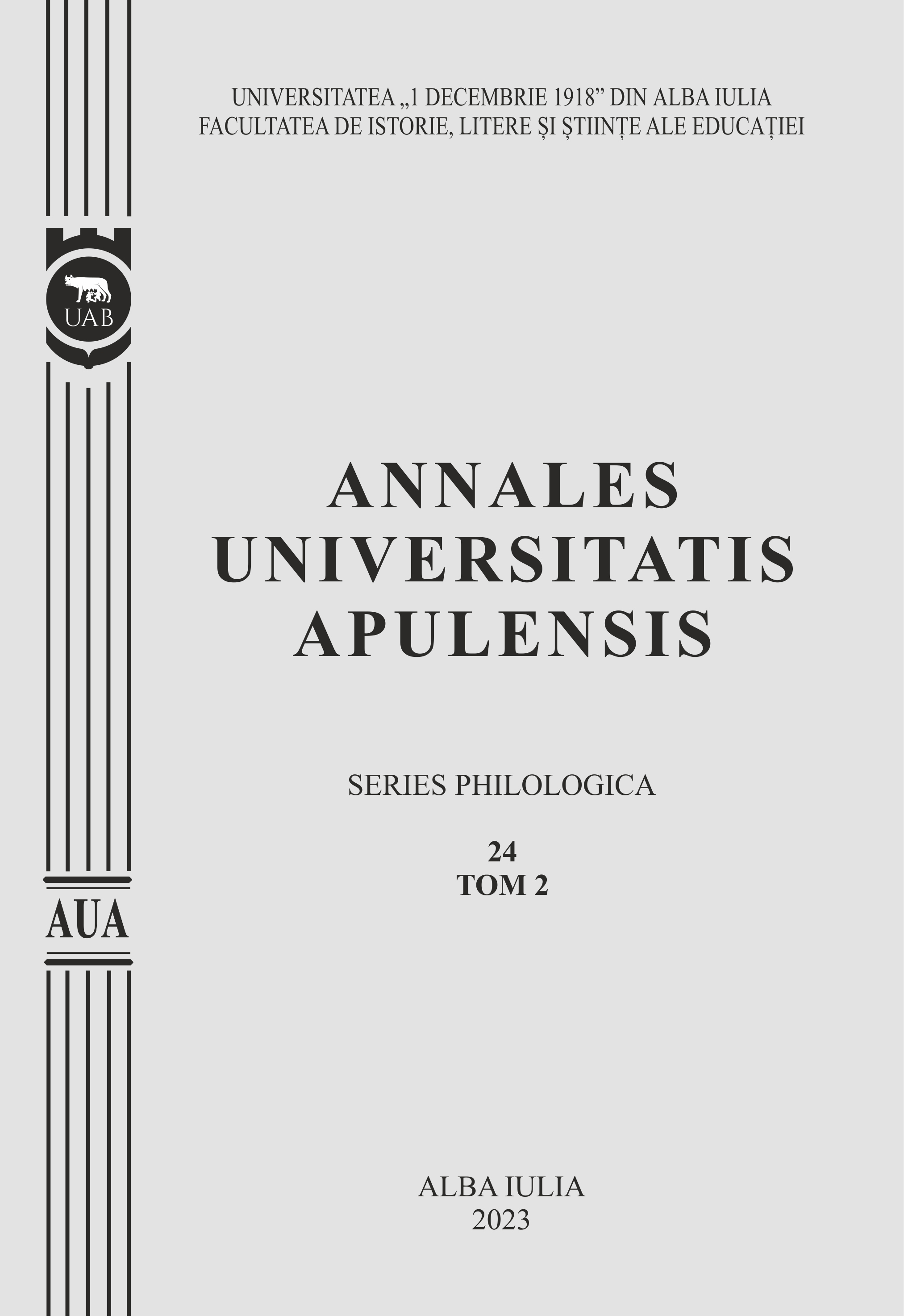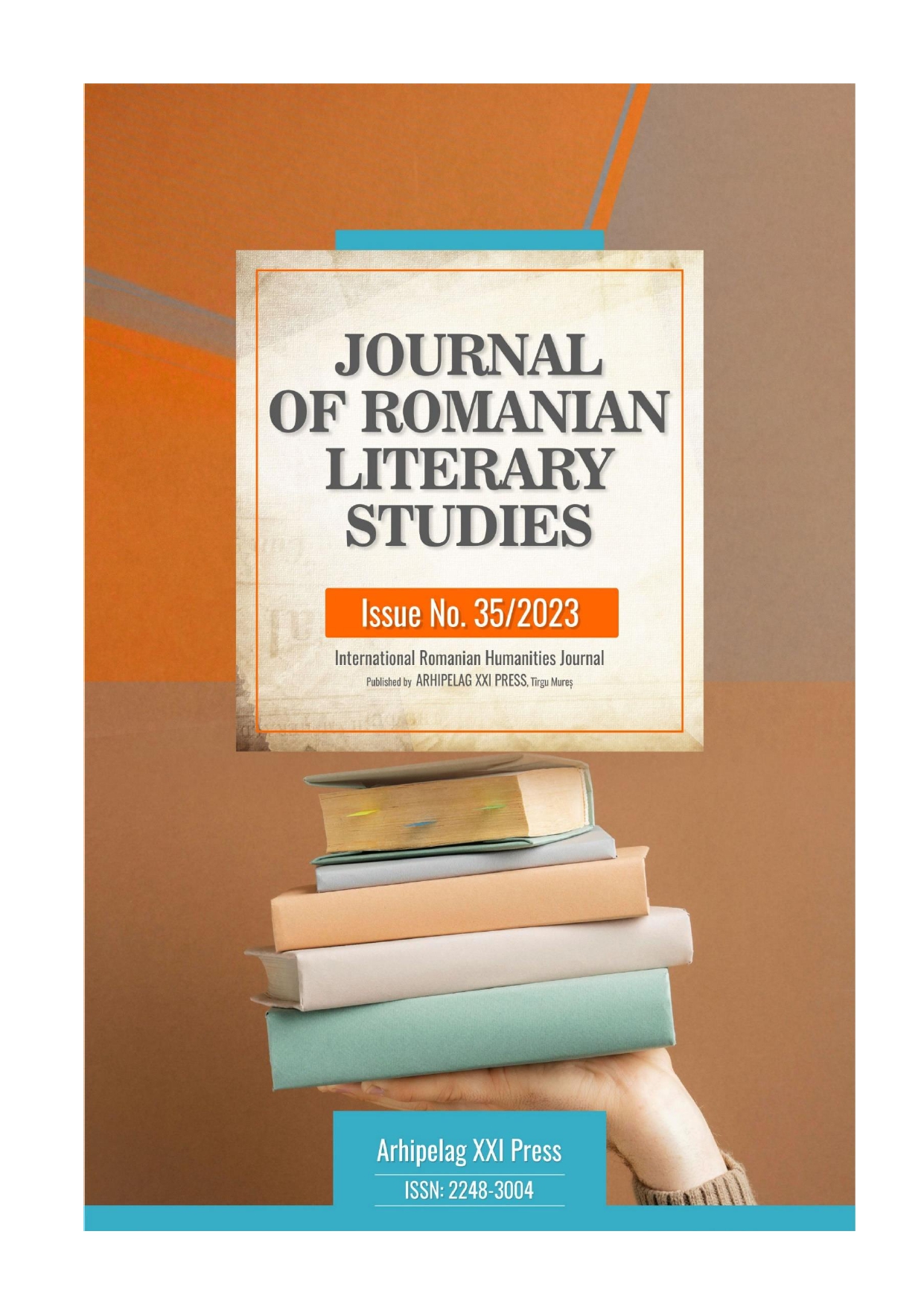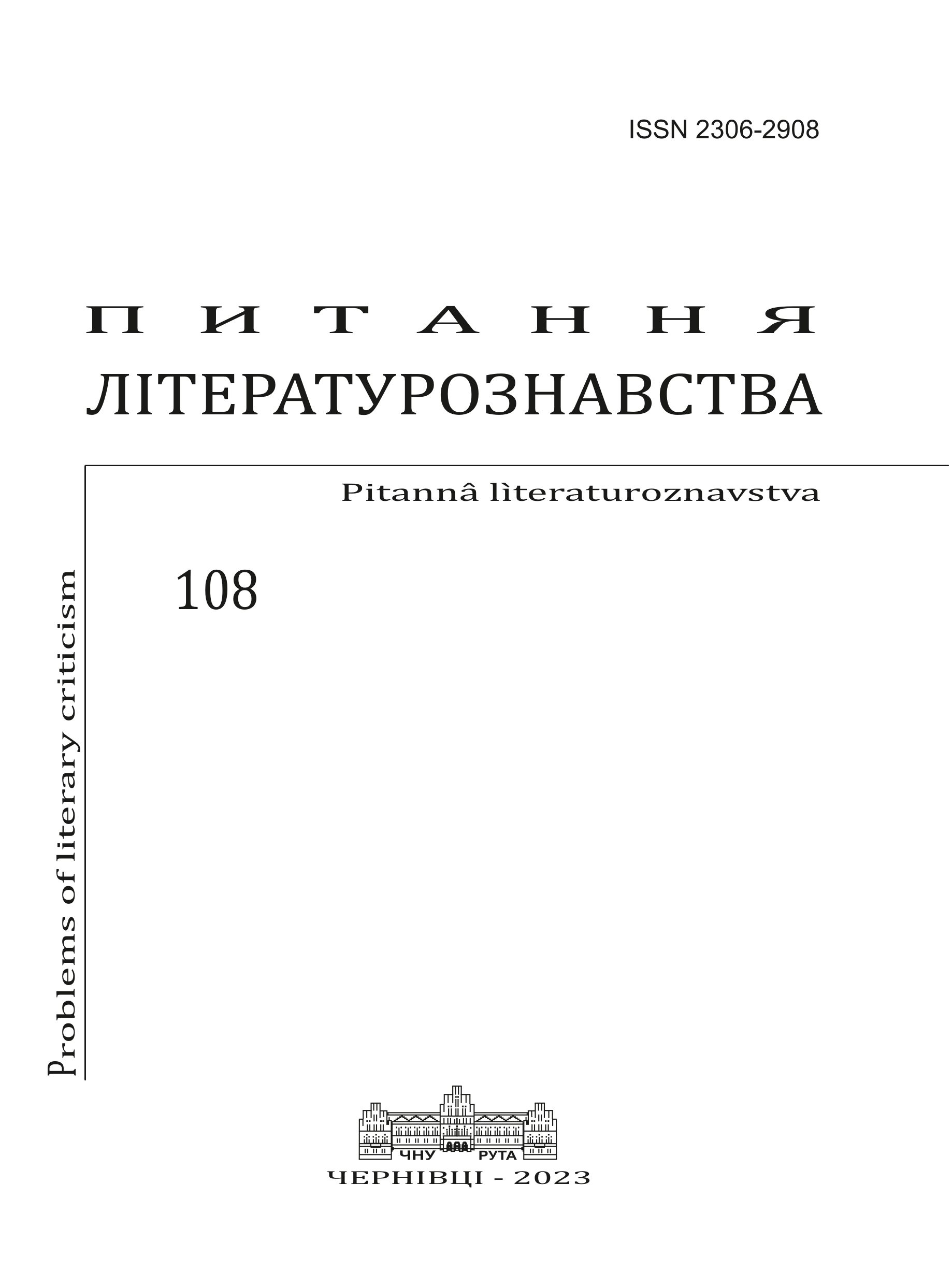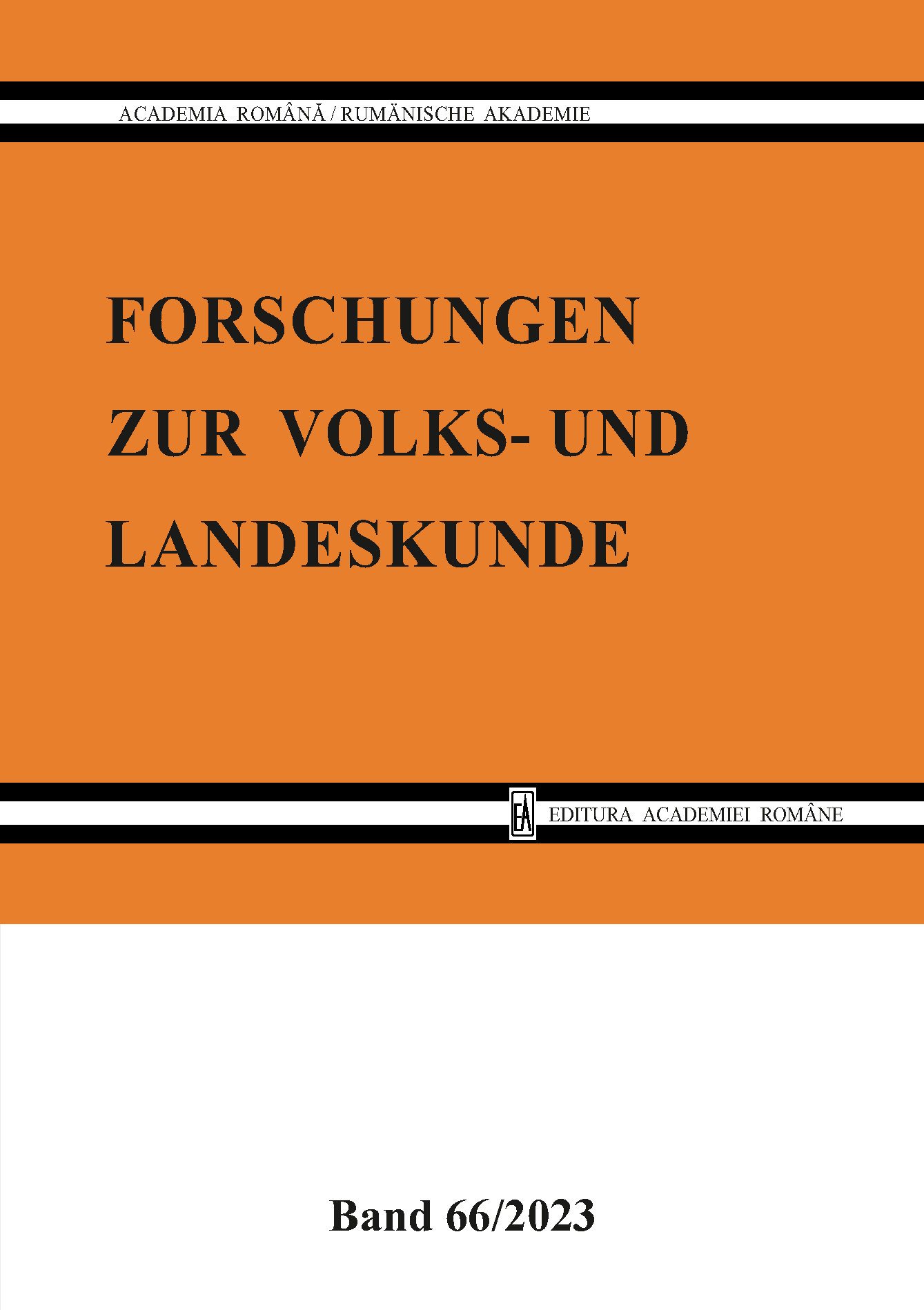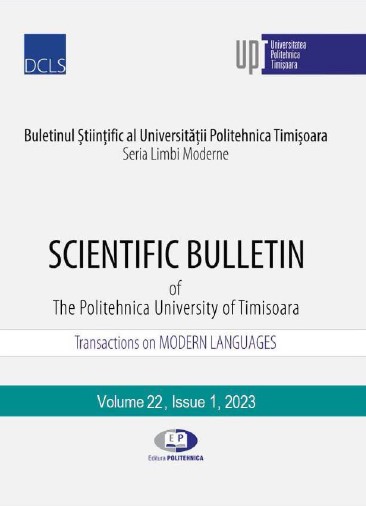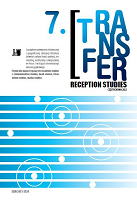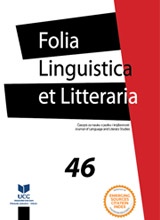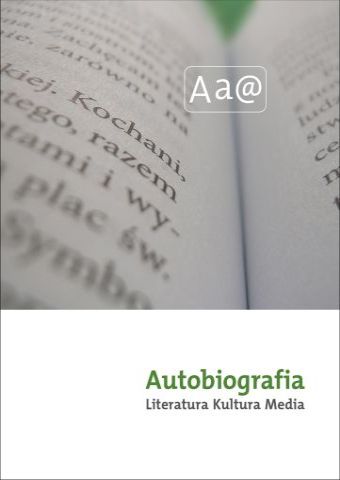Author(s): Alexandra Maria Bocșa / Language(s): Romanian
Issue: 2/2023
The paper aims to capture one of the multiple hypostases of Romania as a kingdom, under the political, cultural and diplomatic guide of the members of the Romanian dynasty. The most noble of these hypostases remains that of an European cultural crucible, a soul project of the first queen of Romania, Elisabeta, who wanted to increase the influence of her country of adoption by transforming it into an European cultural epicenter. The effort, the imagination, the talent, but especially the chosen way in which Queen Elisabeta decided to represent Romania and support it, has a material form also: the Jugendstil box, where almost 200 Austrian poets have encapsulated their respect and their admiration for the Royal Family and Romania, leaving a political and cultural seal on Romania's position on the map of Europe. In this box there is also the tribute of the writer Rainer Maria Rilke.The purpose of this work is to draw the borders of this cultural dialogue between Queen Elisabeta and the writer Rainer Maria Rilke and to show the communicational product of the two cultures, Romanian and Austrian. What are the fundamental creative matrices that have been exchanged? What perspectives and visions, themes, literary reasons, beliefs and literary instruments have been discussed and enriched? But, even more important, how are depicted these souvenirs of friendship in the personal work of the two writers?As a research methodology, it will be opted for the diachronic course of the cultural dialogue between the two writers, comprising the manuscripts sent as a tribute by Rainer Maria Rilke to Queen Elisabeta through the Jugendstil box, the possible mentions in correspondence or memoirs and not least, the work will opt for a comparative analysis of a selection of poems pertaining to the two writers. Based on some matrical elements, which are the basis of the creation belief of the two writers, the selection of works will be analyzed comparatively, emphasizing both the similarities and the differences between the stylistic tools and visions, and, more importantly, the way in which the cultural dialogue between the two writers contributed to the modeling of their individual poetic art and cultural perspectives.
More...
